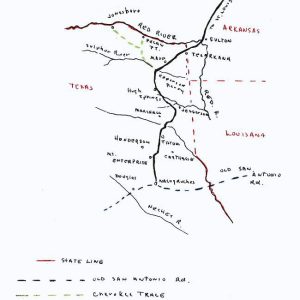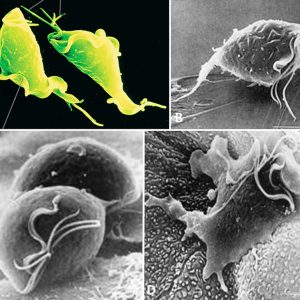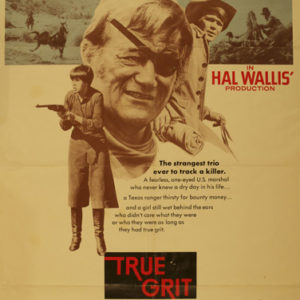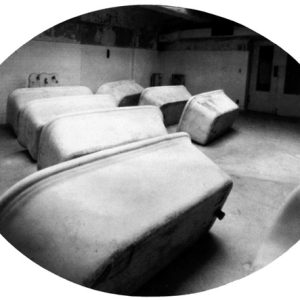 Titan II Section
Titan II Section
Entry Type: Thing - Starting with T
 Titan II Section
Titan II Section
 Toad Suck Ferry Lock and Dam No. 8
Toad Suck Ferry Lock and Dam No. 8
Tobacco Settlement Proceeds Act of 2000
Tom Sawyer, Detective
Tomato Industry
 Three Sixes by Rosie Lee Tompkins
Three Sixes by Rosie Lee Tompkins
Tontitown Historical Museum
Topminnows
aka: Fundulids
aka: Killifishes
 Topminnows
Topminnows
 Topminnows
Topminnows
Tornadoes
 Tornado Intensity Graph
Tornado Intensity Graph
 Tornado Touchdown Map
Tornado Touchdown Map
 Tornado Graph
Tornado Graph
 Tornado Time of Day Graph
Tornado Time of Day Graph
Tower Building
Town That Dreaded Sundown, The
 The Town that Dreaded Sundown
The Town that Dreaded Sundown
Trail of Tears
Trail of Tears National Historic Trail
 Trail of Tears Marker
Trail of Tears Marker
 Trammel's Trace Map
Trammel's Trace Map
 Trapnall Hall
Trapnall Hall
Trees
Trematodes
aka: Flatworms
aka: Flukes
 Trichia varia
Trichia varia
 Trichomonas
Trichomonas
 Trichomonas
Trichomonas
Trinity Episcopal Cathedral
Trinity Hospital
 Trinity Hospital Entrance
Trinity Hospital Entrance
Tripoli Mining
 Trolley
Trolley
 Troop Train
Troop Train
Tropical Cyclones
aka: Tropical Storms and Depressions
 Trout Island
Trout Island
Trucking Industry
True Grit
 True Grit by Charles Portis
True Grit by Charles Portis
 True Grit
True Grit
True Grit Trail
 Truman Visit, 1949
Truman Visit, 1949
Tuberculosis
 Tubs (Hot Springs) by Thomas Harding
Tubs (Hot Springs) by Thomas Harding
Tucker Telephone
 Tucker Telephone
Tucker Telephone
 Tucker Telephone
Tucker Telephone
Tucker Unit
aka: Tucker Prison Farm
 Tucker Unit Commissary Token
Tucker Unit Commissary Token




